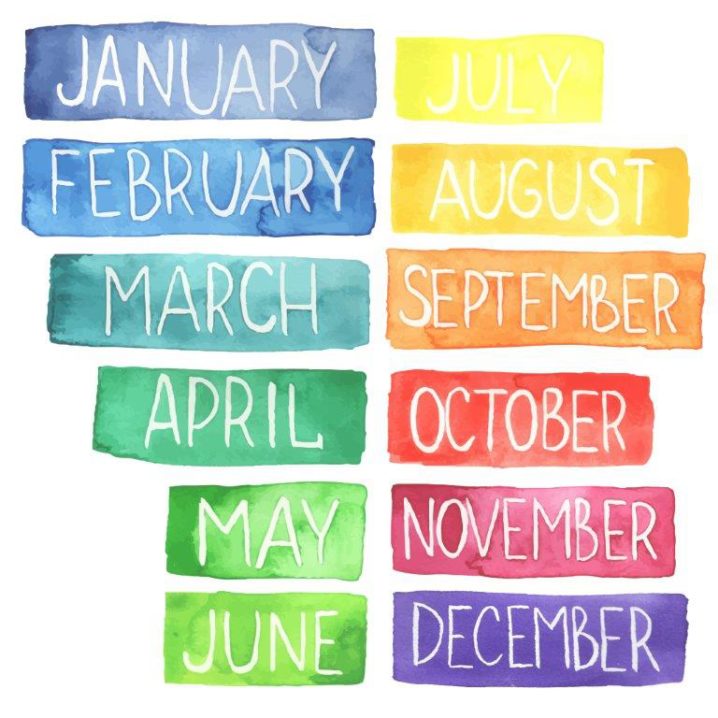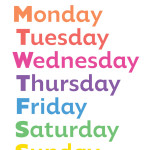Certain things are simple for some of us to learn, and not so simple for others. For those of us with dyslexia, memorizing the order of things — even fairly common things like days of the week and months of the year — can seem like a big hurdle.
But research has helped us understand so much more about how the brain works that we have new methods to help jump over those hurdles. Let’s look at why dyslexic people have a harder time than most remembering the order of things.
Why is memorizing sequences so challenging for dyslexics?
According to numerous research studies, dyslexic people have less than average brain activity in one or more areas of the brain. The less activity, the more the flow of information into long-term memory gets disrupted, and the less information ‘sticks’ there. Most dyslexic people also have a harder than average time with working memory and short-term memory, too. So it becomes more difficult for them to line things up in order and memorize sequences.
To get around these weaknesses, we can engage other parts of the brain to help us memorize things, including sequences.
Different parts of the brain help us process information
When we learn, different areas of our brains are engaged, and each area has different responsibilities to help in the learning process. Generally, the left hemisphere of the brain thrives when we want to take in linear, analytical data and the right brain responds best to images, music, emotion, color, and other creative expressions. Turns out that many dyslexics can lean on the strengths of their right brain to help them learn new things more quickly.
Music helps us memorize
Processed in the right hemisphere of the brain, music can play a powerful role in helping memory. Neuroscientists have shown that when we set ideas or words to music, they become easier for us to remember. Neurologically speaking, the structure, rhythm, and rhyme of a song help us anchor information in long-term memory. The music acts as a key to unlock the information while the melodies and rhythms can encourage repetition, which in turn helps memorization.
Your child can learn the order of the months
My daughter did it and so can yours! My daughter, Kylee, is dyslexic and has been diagnosed with ADHD — yet she has memorized the order of the months of the year. It took a little bit of practice, but now she’s got them down.
Here’s how we did it:
First, I gave Kylee a simple, well-known song to sing, called “Three Mind Mice.”
Kylee worked on learning the song with its original words. (You can find a fun animation of the song that your child can sing along to, on YouTube.
She had fun singing the song over and over until she memorized and mastered it.
Second, Kylee worked on replacing the original words with the following words. We call this “The Month of the Year Song.”
The Months of the Year Song
Click here to download a PDF of the song lyrics for “The Months of the Year Song”.
(Sung to the tune “Three Blind Mice”)
January, February, March,
April, May, June.
July, August, September,
October, November, December.
These are the twelve months of the year.
Now sing them together so we can all hear.
How many months are there in a year?
Twelve months in a year.
Try it with your child. With practice and persistence, she’ll memorize the order of the months of the year more quickly than ever!



